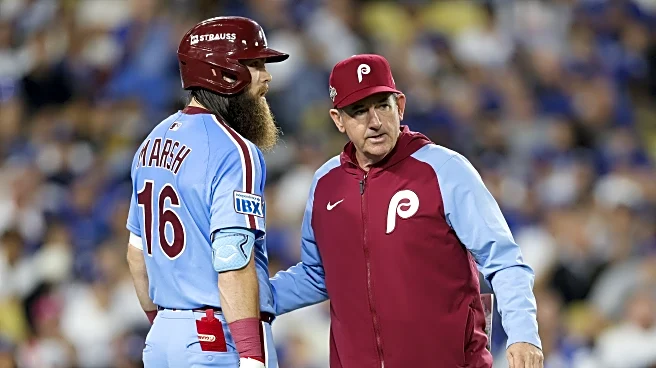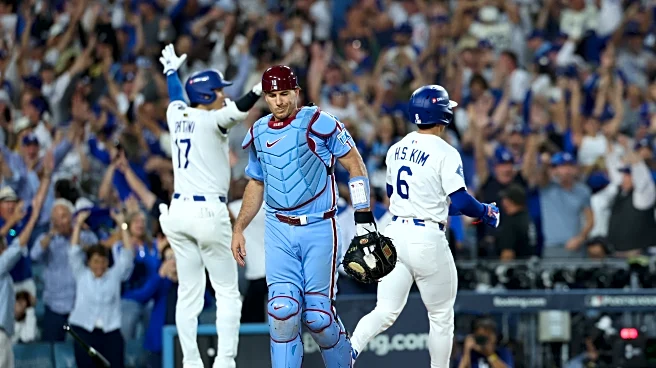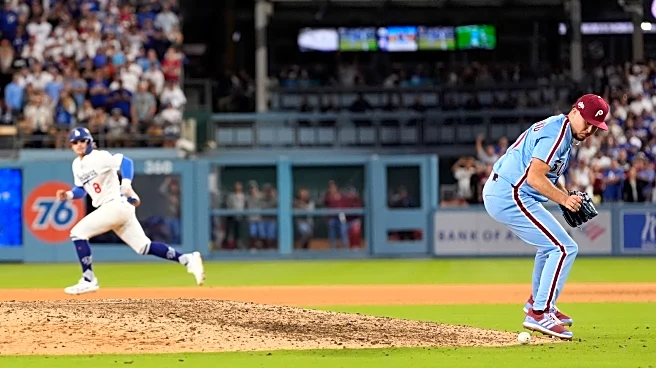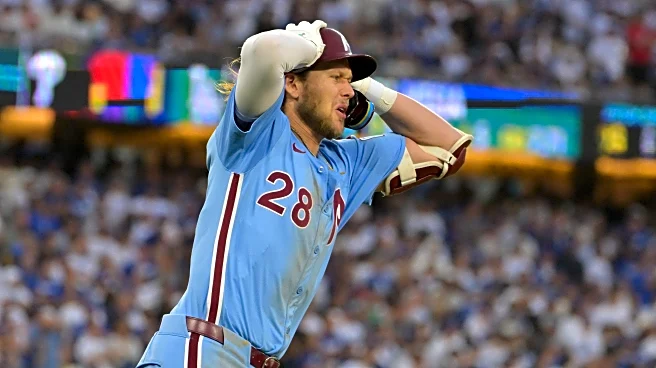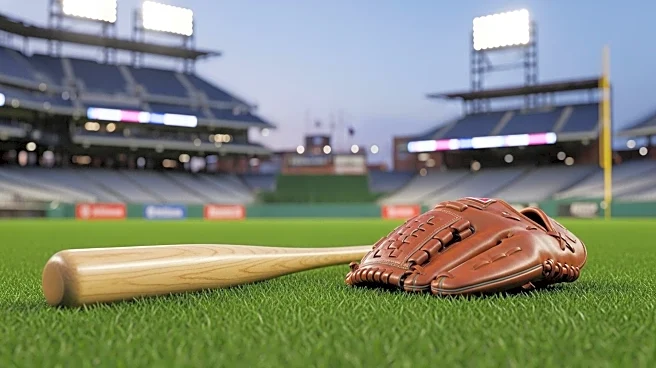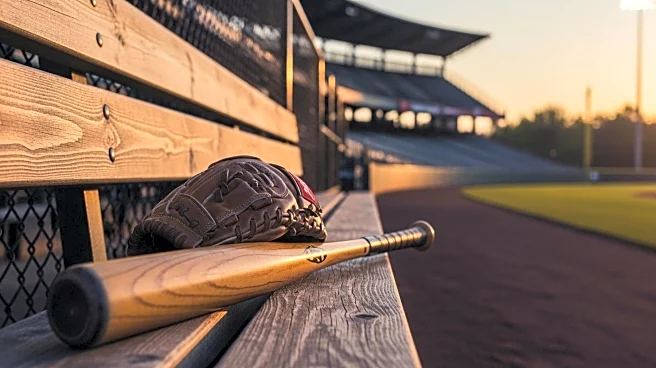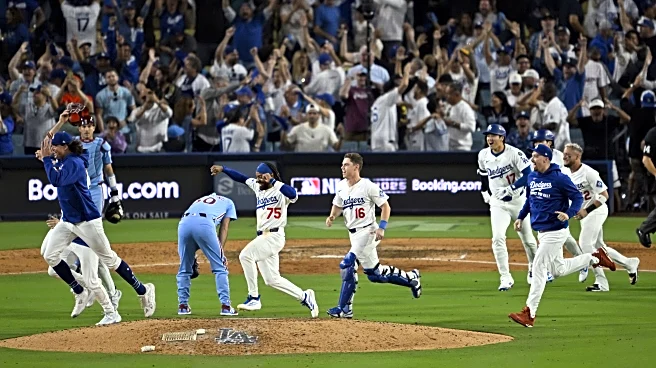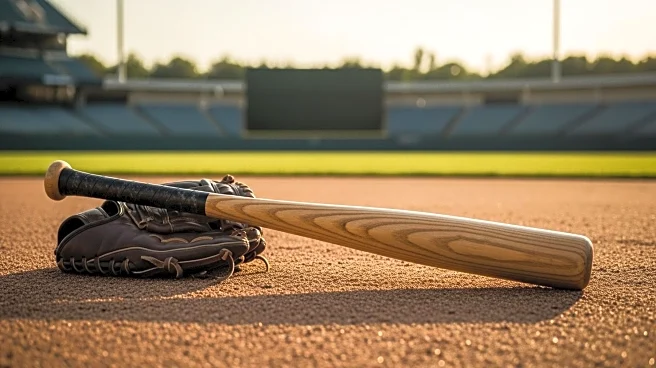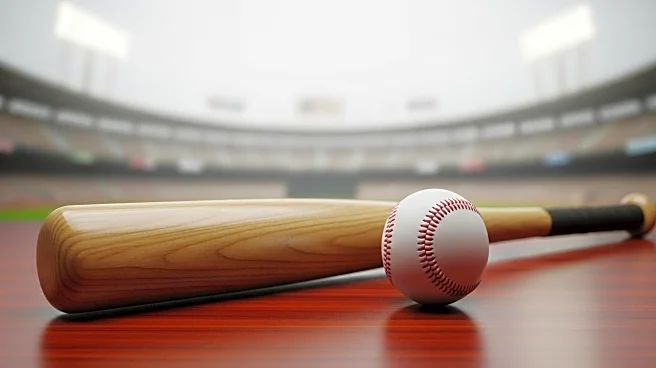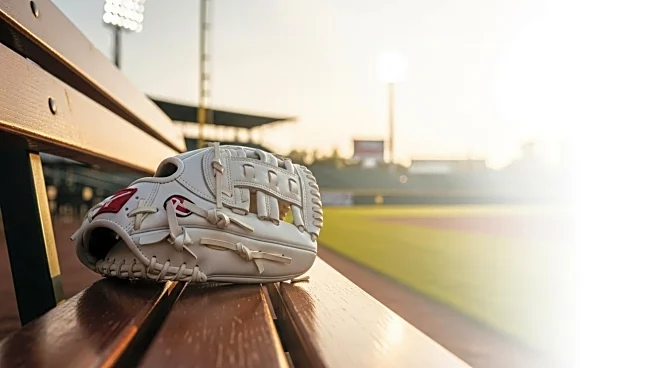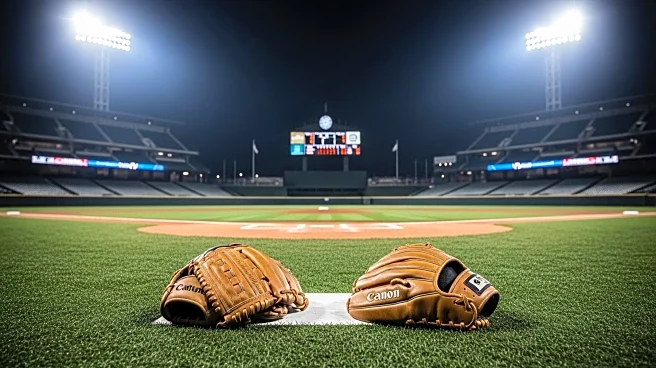The Phillies season is over and it once again ended prematurely. A team that looked primed for a deep postseason run was once again bounced in the Divisional Series, and in a manner that has become all
too familiar.
Changes are very likely on the horizon but finding them may not be so easy. After all, this is a team that won 96 games this season and 90+ two straight years with a pair of divisional titles. But be found they must, as it is abundantly clear that this current group has hit an October wall. Where might those changes come from will be the question of the offseason. There are some options that stick out, but not many are easy choices.
Rob Thomson
This will be the obvious one that you’ll likely hear the most about this offseason. Thomson may have the fourth best win percentage in Phillies history for a manager, but his team has now lost three straight postseason series and is 1-6 in their last seven home postseason games. He’s not the only reason for those losses, but he has had some questionable decisions backfire spectacularly.
The manager can’t swing the bat or throw pitches, but he is usually the first one to go when a team needs to make a dramatic change, as it’s the least painful lever to pull. It would be somewhat of a surprise if Thomson is not back to at least start next season, but all options are on the table. It’s becoming clear that this team is in need of some new voices in the clubhouse. The manager is usually the most important one.
Kevin Long
It’s rarely, if ever, the hitting coach’s fault. But this is now three straight postseasons where the Phillies offense disappeared when needed most. Again, it’s on the players to execute their at-bats, especially a team with as many high priced veterans as the Phillies. But it’s also felt like at times over the last three years that the Phillies were out-scouted and their offense failed to make adjustments.
Long’s previous biggest successes in Alec Bohm, Brandon Marsh, and Bryson Stott have all hit their own various struggles and regression in their development over the last two seasons. Maybe that’s just what their ceiling always was and Long has done the most with what he was given. In any case, those players appearing to hit a ceiling below what some expectations were takes away Long’s biggest successes. Replacing him would feel like scapegoating, but nevertheless it’s a change that shows urgency and a need for accountability for repeated offensive failures.
The Free agents
The Phillies will have no time to waste to make a decision on their three biggest free agents in Kyle Schwarber, J.T. Realmuto, and Ranger Suárez. Schwarber will likely finish second in MVP voting but disappeared outside of one game in the NLDS. He will command a healthy pay raise despite turning 33 in March as he is the second best free agent available. Realmuto’s numbers again declined but he remains one of the better all-around catchers in the sport and was the team’s best hitter in the postseason. Suárez had a bit of an up and down season, but he was once again lights out when called upon in October. He will likely receive a large deal this winter.
Who do the Phillies return and who do they part ways with? The safe bet is that Schwarber and Realmuto at least are back in Philadelphia next year, as Schwarber is a large part of the team’s success over the last four seasons and is their best power threat while Realmuto is still probably the best realistic option at catcher at least for the immediate future. There will assuredly be some Adley Rutschman trade rumors, but Baltimore’s willingness to move Rutschman remains to be seen.
Conversely, it feels likely that Suárez is playing elsewhere in 2026, as the Phillies have already paid big money to Zack Wheeler and Aaron Nola in their rotation and have Andrew Painter on the verge of making his MLB debut. If money is truly not an option, maybe Suárez returns. But it would be hard to return all three while also finding ways to upgrade other parts of the roster even if the Phillies remain among the highest spenders in the sport, which is still likely.
The outfield
It’s almost a lock that the Phillies outfield will look dramatically different next year by one way or another. Of the group of Brandon Marsh, Max Kepler, Harrison Bader, and Nick Castellanos, only Marsh and Castellanos are under contract next season.
Castellanos feels like a safe bet to be playing elsewhere next season, as he was one of the worst regular players in MLB for large chunks of this season and had multiple dust ups with the manager and media while being relegated to a platoon player. He does still have one year remaining on his five year, $100M contract signed before the 2022 season, but the feeling here is the Phillies will find a way to move on anyway. They’ve already reportedly shopped Castellanos the last two offseasons. It will be difficult to find a taker in a trade, even if he only has one year remaining. The Phillies will likely have to eat a large chunk of that money remaining if they want to remove Castellanos from the roster and it’s very possible it would just be an outright release.
Marsh had a dreadful April before being one of the most consistent hitters in the sport from May on. But he once again reverted back to April form in the postseason, as he was 1-13 with 5 strikeouts and one walk against the Dodgers. That’s not including his pitch clock violation and defensive gaffes while playing centerfield in Game 3 that could have cost the Phillies the game. It’s a concerning trend, as Marsh also struggled in the 2024 NLDS, again going 1-13 with no walks and three strikeouts. Marsh is a useful player for a contending team, but it’s become clear that he can’t be counted on to be a consistent middle of the order bat. He is one of the pieces the Phillies could look to move for an actual return if they want a shake up.
Kepler will almost assuredly not be back, but Bader is a more interesting case. He was huge for the Phillies after being acquired at the trade deadline, hitting .305 with an .824 OPS in 50 games while finally solidifying center field for what felt like the first time since the days of Shane Victorino. Despite those numbers, Bader’s underlying metrics do not suggest anything close to them being sustainable. It’s extremely likely that he never hits like this again. Despite this, it was easy to see how his presence was sorely missed in the NLDS after he suffered an injury in Game 1. Do the Phillies want to take the gamble that Bader’s offensive production is not a one-year aberration?

The infield
Bryce Harper and Trea Turner are not going anywhere, even if they both disappointed tremendously in October. Harper had a down year but a down year for him was still an .844 OPS and 27 home runs. Turner was a legitimate MVP candidate and had his best all-around season in Philadelphia, even if he too came up small in the postseason. Even if there were reasons to move on from either or both, it is simply not feasible with the contracts and in Harper’s case a no-trade clause involved.
That leaves two other options for change in the infield. Alec Bohm seems likely to be the one that the team looks to move on from, as it shopped him last winter but ultimately to no avail. Bohm regressed from last season and had a very slow start to 2025, but a strong second half allowed him to put together a solid if unspectacular season overall with a 102 OPS+. He also was one of the team’s better performers in the NLDS, going 4-12 and walking six times. But Bohm appears to be what he is at this point, an average at best third baseman with light power. He has one more year left of arbitration that is projected to come in at around $10M. With Aidan Miller in the wings, it’s incredibly unlikely that Bohm has a long-term future in Philadelphia. He is the most likely lever the Phillies look to pull if they want to shakeup their lineup. Doing so however would require either finding a different short-term bridge to Miller or rolling with Edmundo Sosa as an everyday player in the meantime.
Bryson Stott resurrected his season with a strong second half as well, hitting .294 with an .855 OPS. His 2.8 fWAR ranked him sixth among all MLB second basemen and his .722 OPS ranked him tenth among 2B with at least 300 plate appearances. Stott remains an average-to-slightly-below-average hitter with an elite glove at second base. That is a very useful player, but again in a similar case to Marsh, it’s a spot one could look to for change. Stott had a rough postseason as well, going 2-13 against the Dodgers with the infamous bunt in the ninth inning of Game 2. No matter what you think of that bunt, the fact that it was what the Phillies decided to do in that spot tells you that they didn’t trust Stott to at least pull the ball to the right side to advance the runner, despite being one of their better hitters in the second half and hitting .313 with an .896 OPS in September. And again, like Marsh and Bohm, Stott is one of the more moveable players on the roster. It would be hard to find a definitively better all-around player than Stott as 2B is not a particularly strong position across MLB and available options are limited, but perhaps the Phillies look to sacrifice Stott’s defense in an attempt to find more offense with a replacement, such as with the Cardinals’ Brendan Donovan who was connected to the Phillies at the trade deadline.
